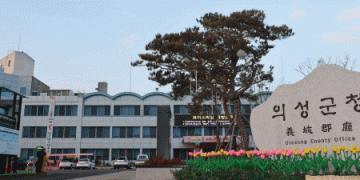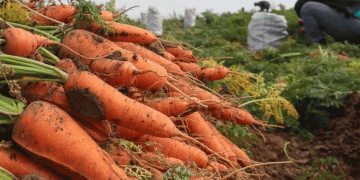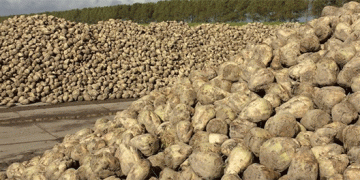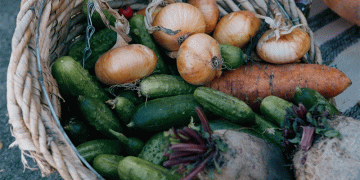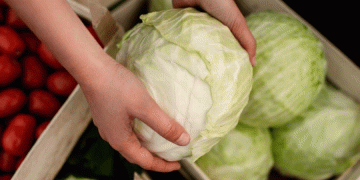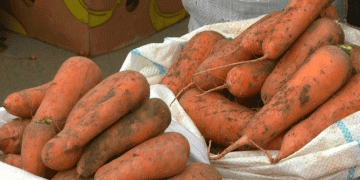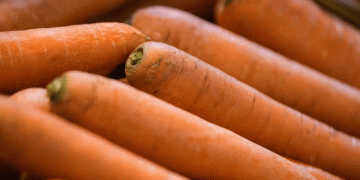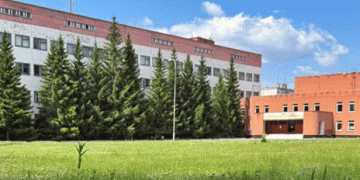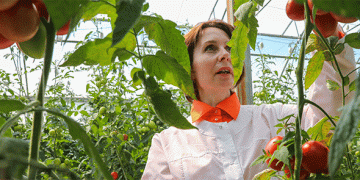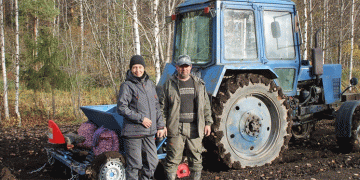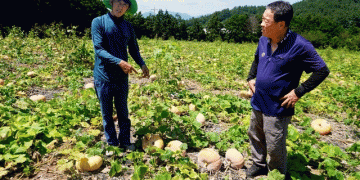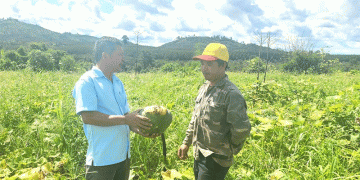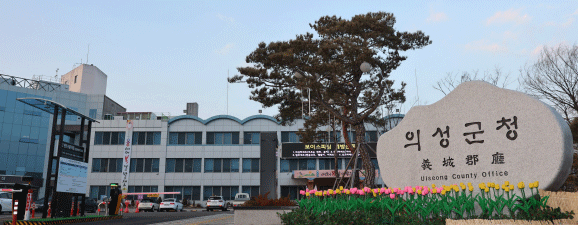Uiseong County, South Korea’s garlic capital, has implemented an innovative agricultural value-addition strategy by purchasing 17.5 tons of non-commercial Hanji-type garlic for animal feed production on August 29th. This program represents a sophisticated approach to reducing food waste, increasing farmer income, and producing premium livestock products through natural feeding strategies.
Strategic Value Addition
The county’s systematic approach to utilizing substandard garlic creates multiple benefits throughout the agricultural value chain. Rather than allowing non-commercial grade garlic to go to waste, the program processes it through drying and crushing for incorporation into animal feed. This transformation turns what would otherwise represent economic loss into a valuable input for premium livestock production.
The antimicrobial properties of garlic in animal feed are well-documented in agricultural research. Studies from the Journal of Animal Science indicate that garlic supplementation in livestock feed can:
- Reduce incidence of digestive disorders by 25-30%
- Decrease antibiotic requirements by 15-20%
- Improve feed conversion efficiency by 8-12%
- Enhance meat quality characteristics through natural compounds
Economic Impact and Farmer Benefits
This program significantly impacts local farmer economics. Typically, non-commercial grade agricultural products represent 15-25% of total production but generate minimal income. By creating a structured market for these products, Uiseong County helps farmers monetize what would otherwise be waste.
The economic benefits are substantial:
- Farmers receive income for 100% of their production rather than only premium-grade products
- Reduced waste disposal costs and environmental impact
- Additional revenue streams from what was previously considered waste
- Enhanced overall farm profitability through complete utilization of harvests
Scientific Basis for Garlic in Animal Feed
The use of garlic in animal nutrition is supported by extensive research. Garlic contains allicin, a compound with demonstrated antimicrobial properties that can improve animal health and reduce dependence on antibiotics. Research published in the Journal of Agricultural and Food Chemistry shows that:
- Garlic supplementation can reduce pathogenic bacteria in animal digestive systems by 40-60%
- Natural compounds in garlic improve immune function in livestock
- Garlic-fed animals show improved stress resistance and overall vitality
- The antioxidant properties enhance meat quality and shelf life
The Uiseong Brand Strategy
This initiative supports the county’s broader “Uiseong Garlic Ranch” brand strategy, which includes specialized products like garlic beef (마늘소), garlic pork (마늘포크), and garlic eggs (마늘란). By controlling the entire value chain from specialized feed to premium products, the county creates distinctive market positioning that commands price premiums.
Data from similar specialty livestock programs show that branded products using specialized feeding regimens can achieve:
- 20-30% price premiums over conventional products
- Enhanced consumer loyalty and repeat purchases
- Reduced price sensitivity due to product differentiation
- Stronger local economic impact through value retention within the region
Global Context and Sustainability Implications
Uiseong’s approach aligns with global trends in agricultural sustainability and circular economy practices. The Food and Agriculture Organization estimates that approximately 14% of food produced globally is lost between harvest and retail, creating significant economic and environmental costs. Programs that utilize non-commercial grade products for value-added applications address multiple sustainability challenges:
- Reduction of agricultural waste and environmental impact
- More efficient use of resources invested in production
- decreased greenhouse gas emissions from waste decomposition
- Enhanced food system resilience through improved resource utilization
Similar initiatives worldwide have demonstrated impressive results. California’s almond industry, for instance, has developed numerous value-added applications for imperfect almonds, while the European wine industry has created markets for non-premium grapes in various value-added products.
Implementation and Processing
The technical process involves careful drying and crushing of garlic to preserve its beneficial compounds while ensuring proper incorporation into animal feed. The 17.5 tons of garlic will be processed and integrated into feed formulations specifically designed for different livestock categories, with precise dosing to maximize benefits while maintaining animal acceptance.
Uiseong County’s innovative approach to utilizing non-commercial garlic for animal feed represents a sophisticated model of agricultural value addition that other regions could emulate. By viewing agricultural byproducts not as waste but as potential resources, the program creates multiple benefits: increased farmer income, reduced waste, enhanced sustainability, and production of differentiated premium products.
This initiative demonstrates how strategic thinking about entire agricultural systems can transform challenges into opportunities. The integration of crop production with livestock feeding strategies creates synergistic benefits that enhance overall agricultural profitability while addressing consumer demand for naturally produced, high-quality animal products.
As agriculture faces increasing pressure to improve sustainability, reduce waste, and enhance productivity, such innovative approaches to complete utilization of agricultural production will become increasingly valuable. The Uiseong model offers valuable insights for agricultural professionals seeking to develop more sustainable and profitable agricultural systems.
The success of this program suggests that similar approaches could be applied to other agricultural products and regions, potentially creating new value streams while addressing critical sustainability challenges. By thinking creatively about entire production systems rather than individual components, agricultural professionals can develop innovative solutions that benefit producers, consumers, and the environment.
